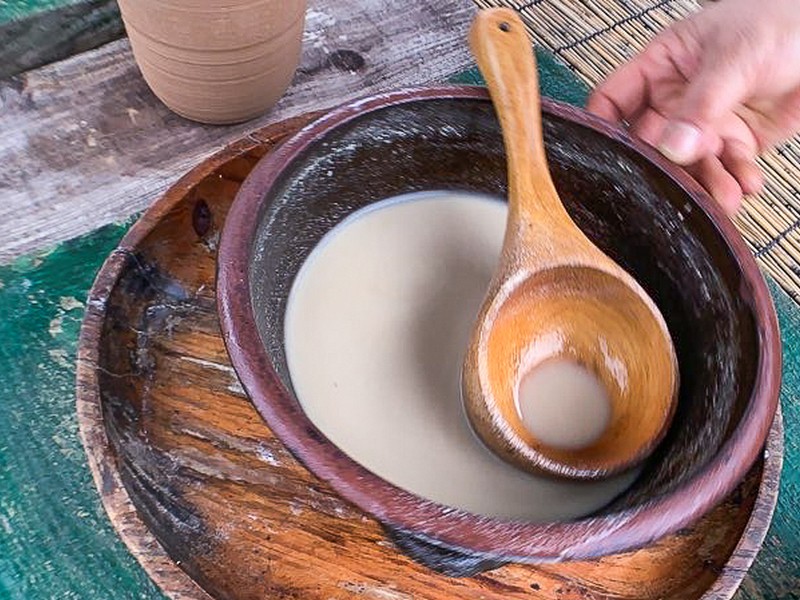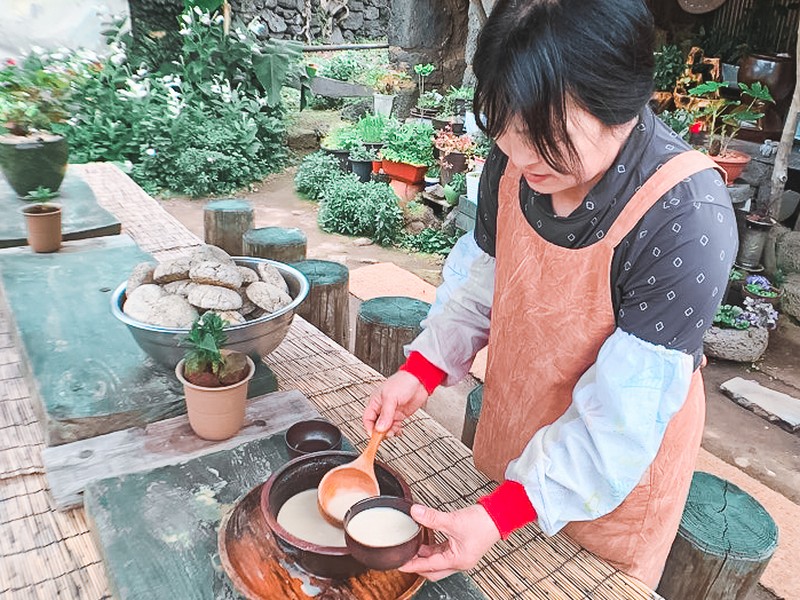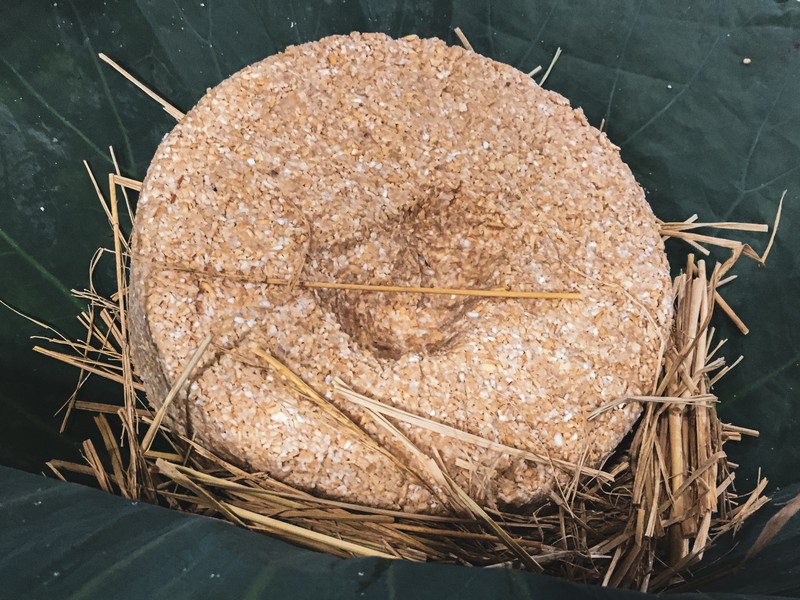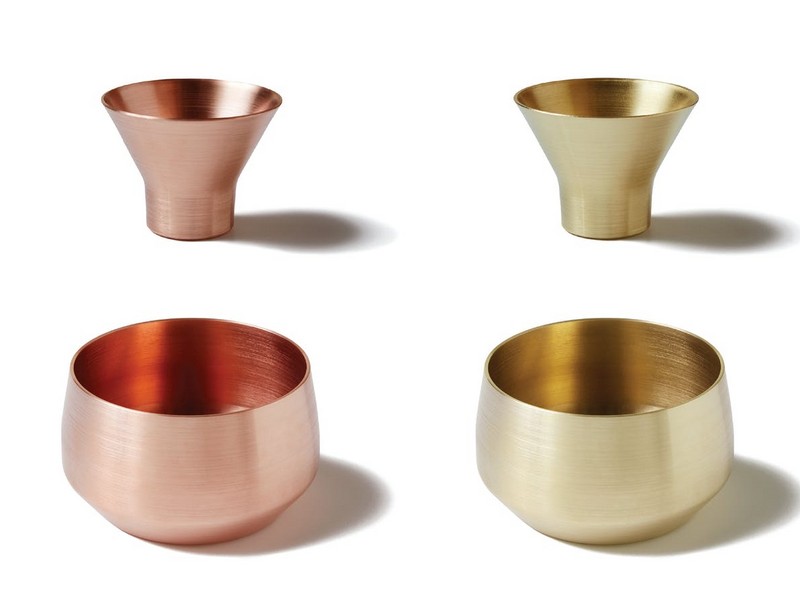KOREA | NETHERLANDS | GLOBAL
What is nuruk?
People often ask, what makes soju different from other rice distillations? How would you distinguish it from, say, Japanese shochu? Depending on who’s answering, the explanation could take up the rest of your afternoon with all its complexities. However, there is one fundamental difference that makes traditional soju stand apart from other rice alcohols, and that is the use of nuruk (누룩). That begs the question, what is nuruk? And possibly, why is nuruk unique?

Difference between Korean and Japanese styles
Nuruk is the fermentation starter that creates the base alcohol which distills into soju. This fermentation starter is a dough made from grains like wheat, barley, or rice that is germinated by microorganisms. The Japanese method uses both koji to convert rice to sugar and yeast to convert sugar to alcohol. Nuruk does both jobs in one simultaneous process.

Is nuruk the same as koji?
Nuruk and koji have been confused in literature from time to time in an effort to make it easier for the reader to understand. Koji has even been referred to as “modified nuruk” before, but thinking of this way can cause confusion. Koji is artificially inoculated, however, while nuruk combines the saccharification and starter through yeast requiring no pre-fermentation. This process with nuruk can also be done at lower temperatures.
The history of nuruk

Nuruk was first made in the 5th century BC and believed to be used in Korea before the Three Kingdoms Period. There are records indicating it was used for alcohol production in Korea in a book from 1123CE titled Goryeo Dogyeong. There is also a book on food from the mid-Joseon period (1670) in Korea titled Gyugonsiuibang that provides details on the different manufacturing methods for nuruk which really highlights the varied range of nuruk used at the time.
During the Joseon Dynasty, there were two categories of nuruk: the ddeok-nuruk, made from grain powder, and heuchim-nuruk, made from cereal grains. The main differences between the two was that ddeok-nuruk would provide a more rich and complex flavor as the microorganisms like fungi, lactic acid bacteria, and yeasts were deap in the nuruk. In contrast, heuchim-nuruk imparted a simpler and lighter taste as the fungi germinated only on the surface of the nuruk.
Something to note if you’re looking into nuruk in history in Korea. In historical texts, nuruk was called “guk” prior to 1918 and was called “gokja” after. Today, “nuruk” is the more common term.
What to know about nuruk


There is a rather significant difference in the shape and variation of nuruk depending on the climate of an area. Nuruk can even be adapted to suite different geographical areas and climates and is strongly influenced by the humidity and amount of sunshine in a location. This is important to note for anyone that is looking to create their own nuruk for brewing makgeolli. Your fermentation starter will be greatly influenced based on what season and location you’re working with among other factors.
How to make a nuruk cake
Nuruk in itself ferments at much warmer temperatures than alcohol. Thus, this was traditionally done in the summer months when brewing was difficult. What constitutes nuruk varies, cultivating on starches such as rice flour, mung beans and wheat flour. The most common ingredient these days is whole ground wheat.



The ground wheat mixes with just enough water so that it forms a cohesive shape. The brewer then packs the mixture into a frame lined with cloth and steps on it using the heel of the foot to get enough pressure to pack it in tight. After stepping on the wheat cake long enough so that it doesn’t fall apart, it can be carefully popped out of the frame and placed in a space that maintains temperatures between 26 and 37 degrees Celsius (~79 and 99 degrees Fahrenheit).
During the nuruk fermentation process, molds, yeast and bacteria inoculate the cake, and as moisture slowly releases, the cake becomes hard as a rock. If you’ve done a good job, the cake can be cracked open and smashed into little pieces for curing in the sun, removing any musty, moldy aromas.


There is some practice to be done with the method depending on your geographical location, humidity, and sunshine. Proper temperatures and humidity are really critical for proper fungi cultivation on the nuruk. You’ll want to experiment with the right size and shape for your area as thin or small nuruk could lose moisture too easily so that germination of fungi is incomplete while thick nuruk limits moisture loss and increases the temperature.
How to use nuruk
After all that hard work, the enzymes in the nuruk change the rice into sugar and the yeast converts the sugar into alcohol. This creates a complex and aromatic sool. Drinkable on its own as a strong wonju, allowed to sit and separate into a cheongju layer, or watered down for a lighter makgeolli, it’s up to the drinker to decide. If you spoon off the cheongju and distill it using a pot or reflux still, you can achieve a sweet and floral soju with a slightly earthy aroma.

While many sojus of today use a variety of ingredients and techniques, it’s safe to say that the truest expression of traditional hand-crafted soju comes from Korea’s unique fermentation starter, nuruk.
FAQ
Does nuruk contain gluten?
As nuruk is traditionally made from a grain like wheat or barley, it is not gluten free.
Visiting Korea Soon?
Check out our brewing classes and other experiences in our space in Seoul.
Read more…
What is nuruk?
People often ask, what makes soju different from other rice distillations? How would you distinguish it from, say, Japanese shochu?…
SULA: Scandinavian Influence on Korean Tradition
These stunningly designed sool cups are a thing of beauty for any table setting. Serving up a glass of hand-crafted…
Top 5 Makgeolli FAQ: Your Questions Answered!
Is makgeolli healthy? What is Dong Dong Ju? Does makgeolli go bad? Here are some answers to the most commonly…






